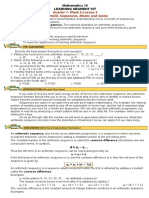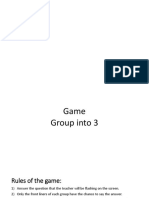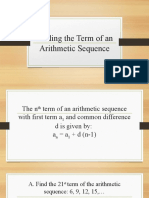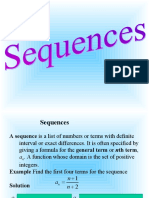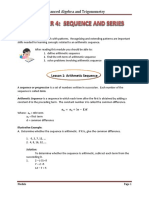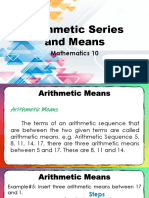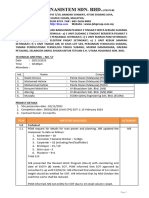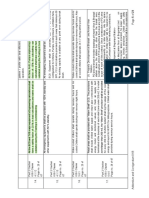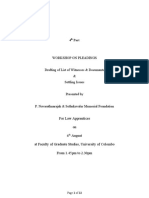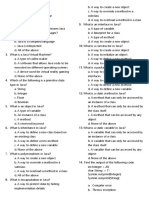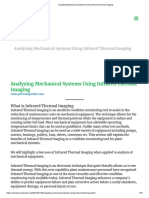0% found this document useful (0 votes)
19 views46 pagesWeek 2 Arithmetic Sequence and Series
The document covers the concepts of arithmetic sequences and series, including how to find the nth term, insert arithmetic means, and calculate the sum of terms. It provides definitions, examples, and step-by-step solutions for various problems related to arithmetic sequences. Additionally, it introduces the formula for the sum of an arithmetic series and demonstrates its application.
Uploaded by
castrojelyn2010Copyright
© © All Rights Reserved
We take content rights seriously. If you suspect this is your content, claim it here.
Available Formats
Download as PDF, TXT or read online on Scribd
0% found this document useful (0 votes)
19 views46 pagesWeek 2 Arithmetic Sequence and Series
The document covers the concepts of arithmetic sequences and series, including how to find the nth term, insert arithmetic means, and calculate the sum of terms. It provides definitions, examples, and step-by-step solutions for various problems related to arithmetic sequences. Additionally, it introduces the formula for the sum of an arithmetic series and demonstrates its application.
Uploaded by
castrojelyn2010Copyright
© © All Rights Reserved
We take content rights seriously. If you suspect this is your content, claim it here.
Available Formats
Download as PDF, TXT or read online on Scribd
/ 46










